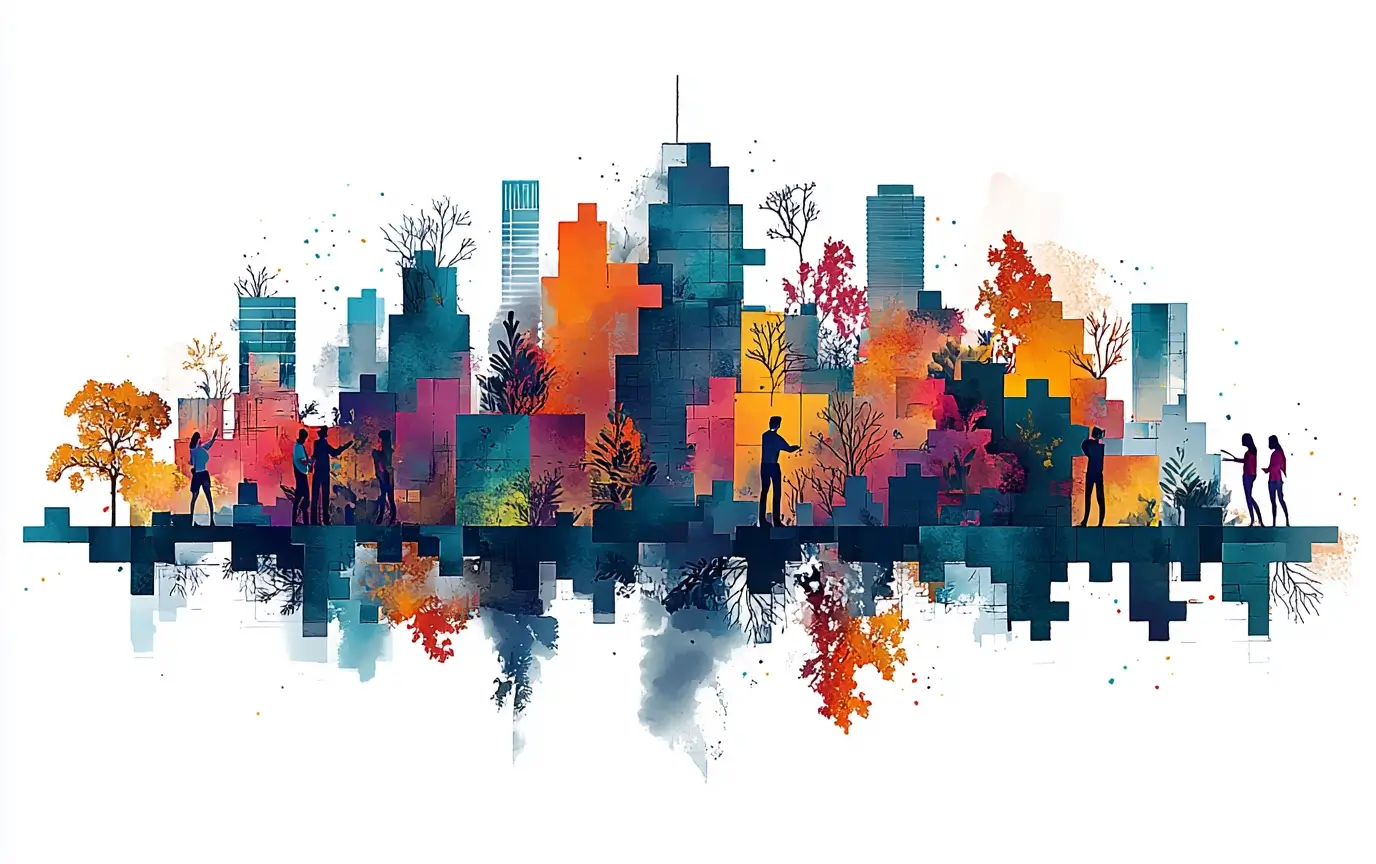Customer Service CV Without Experience: How to Land Your First Job

The Challenge of Creating a Customer Service CV Without Experience
Landing a job in customer service without prior experience can be challenging, but it’s not impossible. By focusing on transferable skills, relevant qualifications, and demonstrating your commitment to providing excellent service, you can create a compelling CV that stands out to potential employers.
1. Highlighting Transferable Skills
Even if you don’t have direct experience in customer service, you likely possess transferable skills that are highly valuable in the field. These skills can make you an attractive candidate for customer service roles.
Key Transferable Skills:
- Communication: Strong verbal and written communication skills are essential for effectively interacting with customers.
- Problem-Solving: The ability to think critically and solve problems is crucial in customer service, where you’ll need to resolve customer issues quickly and efficiently.
- Empathy: Demonstrating empathy helps build rapport with customers and shows that you care about their needs and concerns.
Example: If you have experience in retail, highlight your communication and problem-solving skills by describing how you helped customers find the products they needed and resolved any issues they encountered.
2. Showcasing Relevant Qualifications
While experience is important, relevant qualifications can also make a strong impression on potential employers. Include any certifications, training, or courses you’ve completed that are related to customer service.
Relevant Qualifications:
- Customer Service Training: If you’ve completed any customer service training programs, be sure to include them on your CV.
- Soft Skills Development: Courses in communication, conflict resolution, or emotional intelligence can demonstrate your readiness for a customer service role.
- Technology Skills: Familiarity with customer service software or CRM systems can be a valuable asset.
Example: If you’ve completed a course on conflict resolution, mention how this training has prepared you to handle difficult customer interactions effectively.
3. Writing a Strong Personal Statement
Your personal statement is an opportunity to introduce yourself to potential employers and explain why you’re the right fit for the role, even without direct experience. Focus on your enthusiasm for customer service and your willingness to learn.
Tips for Writing a Personal Statement:
- Be Concise: Keep your personal statement short and to the point, focusing on your most relevant skills and qualifications.
- Show Enthusiasm: Express your passion for helping others and your desire to contribute to a positive customer experience.
- Highlight Transferable Skills: Emphasize the skills you’ve gained in other roles that will help you succeed in customer service.
Example: “A highly motivated individual with excellent communication and problem-solving skills, eager to contribute to a dynamic customer service team. Passionate about delivering exceptional customer experiences and committed to continuous learning.”
4. Tailoring Your CV for the Job Description
Tailoring your CV to match the job description is crucial for making a strong impression. Carefully read the job posting and adjust your CV to highlight the skills and qualifications that are most relevant to the role.
Steps to Tailor Your CV:
- Match Keywords: Use keywords from the job description in your CV to show that you have the skills and experience the employer is looking for.
- Highlight Relevant Experience: If you have any experience that closely aligns with the job requirements, be sure to emphasize it in your CV.
- Customize Your Personal Statement: Adjust your personal statement to reflect the specific role and company you’re applying to.
Example: If the job description emphasizes customer communication skills, make sure your CV highlights any experience you have in effectively communicating with customers or clients.
5. Including Volunteer Work and Extracurricular Activities
If you don’t have paid work experience, including volunteer work and extracurricular activities on your CV can demonstrate your skills and commitment to customer service.
Valuable Experiences to Include:
- Volunteer Work: Highlight any volunteer positions where you interacted with the public or provided services to others.
- Extracurricular Activities: Include roles in clubs, organizations, or sports teams where you developed teamwork, leadership, or communication skills.
- Internships: If you’ve completed an internship, even in a different field, emphasize any transferable skills you gained that are relevant to customer service.
Example: If you volunteered at a local charity, describe how you assisted with fundraising events and interacted with donors, showcasing your ability to provide excellent service and support.
6. Emphasizing a Strong Work Ethic
Employers value candidates who demonstrate a strong work ethic and a commitment to going above and beyond for customers. Use your CV to highlight your dedication and willingness to take on challenges.
Ways to Demonstrate Work Ethic:
- Reliability: Mention your punctuality and commitment to meeting deadlines in previous roles or activities.
- Willingness to Learn: Highlight your eagerness to develop new skills and take on new responsibilities.
- Adaptability: Show how you’ve adapted to changing circumstances or learned new systems quickly.
Example: “Recognized for consistently meeting project deadlines and demonstrating a strong commitment to team goals. Quick learner with a passion for acquiring new skills and taking on new challenges.”
7. Leveraging Behavioral Economics in Customer Service
Understanding behavioral economics can give you an edge in customer service roles by helping you better understand customer motivations and behaviors.
Behavioral Economics Applications:
- Nudging: Use subtle cues to encourage customers to take desired actions, such as upselling additional products or services.
- Social Proof: Highlight positive customer reviews or testimonials to influence potential customers’ decisions.
- Reciprocity: Offer small gestures, like a discount or free sample, to build goodwill and encourage repeat business.
Example: If you have experience in sales, describe how you used social proof techniques to influence customer purchasing decisions, leading to increased sales and customer satisfaction.
8. Preparing for Customer Service Interviews
Once you’ve landed an interview, it’s important to prepare thoroughly to make a strong impression. Practice answering common customer service interview questions and be ready to discuss how your skills and experiences make you a good fit for the role.
Common Interview Questions:
- “How do you handle difficult customers?” Prepare an example of how you’ve successfully resolved a challenging situation, even if it’s from a different context.
- “What does excellent customer service mean to you?” Explain your understanding of customer service and how you strive to deliver exceptional experiences.
- “Why do you want to work in customer service?” Be ready to discuss your passion for helping others and your commitment to providing a positive customer experience.
Example: “In my previous role as a retail assistant, I encountered a situation where a customer was unhappy with their purchase. I listened to their concerns, offered a replacement, and followed up to ensure their satisfaction, turning a negative experience into a positive one.”
9. Following Up After the Application Process
After submitting your CV and completing interviews, it’s important to follow up with potential employers to demonstrate your continued interest in the role and your professionalism.
Tips for Following Up:
- Send a Thank-You Email: After an interview, send a thank-you email to express your appreciation for the opportunity and reiterate your enthusiasm for the role.
- Check-In on Your Application: If you haven’t heard back after submitting your CV, consider sending a polite follow-up email to inquire about the status of your application.
- Stay Positive: Even if you don’t get the job, thank the employer for their time and express your interest in future opportunities.
Example: “Thank you for the opportunity to interview for the customer service position. I’m excited about the possibility of contributing to your team and am eager to bring my skills and passion for customer service to your company.”
10. Conclusion: Crafting a Standout Customer Service CV
Creating a Customer Service CV without prior experience requires a focus on transferable skills, relevant qualifications, and a strong personal statement. By tailoring your CV to the job description, highlighting your work ethic, and preparing thoroughly for interviews, you can make a compelling case for why you’re the right candidate for the role. With persistence and attention to detail, you can land your first job in customer service and begin building a successful career.
Check Renascence's Signature Services

Behavioral Economics
Discover the power of Behavioral Economics in driving customer behavior.

Mystery Shopping
Uncover hidden insights with our mystery shopping & touchpoint audit services.

Experience Design
Crafting seamless journeys, blending creativity & practicality for exceptional experiences.
Experience Loom
Discover the latest insights from industry leaders in our management consulting and customer experience podcasts.
The Naked Customer. Episode 3. Customer Loyalty, Brand Loyalty & CX
In this episode of The Naked Customer Podcast, host Aslan Patov is joined by JD Ackley, CEO of RAIZOR AI, to explore the evolving role of AI in customer experience (CX) and its impact on automation, job security, and creativity.
In this episode of The Naked Customer Podcast, host Aslan Patov is joined by Mark Hamill, CEO & Co-founder of ARCET Global, to explore the evolution of Customer Experience (CX) and its growing role in business transformation.
In this episode of The Naked Customer Podcast, host Aslan Patov is joined by Mark Hamill, CEO & Co-founder of ARCET Global, to explore the evolution of Customer Experience (CX) and its growing role in business transformation.
In this episode of The Naked Customer Podcast, host Aslan Patov is joined by JD Ackley, CEO of RAIZOR AI, to explore the evolving role of AI in customer experience (CX) and its impact on automation, job security, and creativity.
Experience Journal's Latest
Stay up to date with our informative blog posts.
%20in%20Healthcare.%20A%20Cure%20for%20Patient%20Pain%20Points.webp)
Customer Experience (CX) in Healthcare: A Cure for Patient Pain Points
%20Trends%20in%202026.%20What%20to%20Expect.webp)
Digital Transformation (DT) Trends in 2026: What to Expect

Behavioral Economics for Business: How Companies Use It Every Day
%20How-To.%20Practical%20Tips%20That%20Work.webp)
Employee Experience (EX) How-To: Practical Tips That Work
.webp)
The Critical Factors Influencing Employee Experience (EX)
%20Jobs.%20How%20To%20Succeed%20in%202025.webp)
Remote Employee Experience (EX) Jobs: How To Succeed in 2025
%20for%20SMEs%20in%20the%20Middle%20East.%20What%20Works%20and%20What%20Fails.webp)
Customer Experience (CX) for SMEs in the Middle East: What Works and What Fails

Why CX Starts With EX in 2026: Culture, Connection, Performance
%20Wheel.%20Mapping%20Outcomes.webp)
The Employee Experience (EX) Wheel: Mapping Outcomes

Behavioral Economics Can Best Be Described As "Psychology Meets Economics"

Behavioral Economics Is More Than Just Numbers

Behavioral Economics Explains Why People Are Irrational: And What to Do About It

Is Behavioral Economics Micro or Macro? Understanding Its Scope
%3F%20Strategies%20for%20Modern%20Organizations.webp)
How McKinsey Approaches Employee Experience (EX)? Strategies for Modern Organizations

Behavioral Economics Is Dead: Debates on Its Future
%20Leader%20Do%3F.webp)
What Does an Employee Experience (EX) Leader Do?
%20Leader%20Do%3F.webp)
What Does an Employee Experience (EX) Leader Do?
%20Is%20Important%20in%202026.webp)




